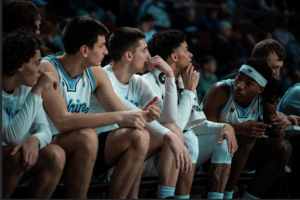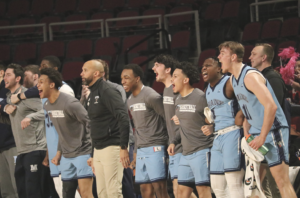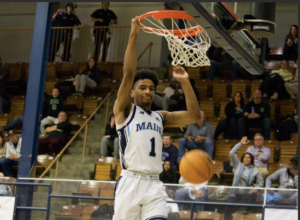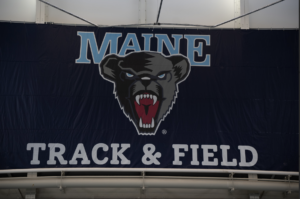It used to be a tradition to turn on the radio and tune in to your favorite sports games. In fact, many might remember your parents talking about some of the great announcers of what seems like the ‘good old days’ of broadcast sports, such as Marv Albert, Dick Enberg or Al Michaels. Nowadays though, sports coverage is looking to other venues, mainly tech startups, to bring people even closer to their favorite teams.
Many traditional sports leagues are looking to invest in new technologies to capture the attention of younger sports fans, particularly the fans who are part of the generation whose smartphones bring them a swipe away from the latest team statistics and updates.
The major push for sports leagues to be investing in technology right now is the fact that if they are not able to compete with other information platforms, they risk losing the interest of their fans. Many younger audiences are constantly trying to stay ahead of the curve, when it comes to entertainment, and for major entertainment outlets to maintain their audiences, they must keep up with a generation that is constantly innovating new technologies.
Some ways that the sports world is working to engage their audiences are by experimenting with popular technology such as augmented reality and virtual reality as a way to fully engage audiences in the sports experience. The MLB is working on ways to incorporate augmented reality into its apps by labeling player positions, showing relevant statistics and even projecting the amount of ground an outfielder may potentially cover on a fly ball.
The NBA is leaning into virtual reality heavily by adding virtual reality viewing as a feature in the League Pass TV service. The league has already committed to broadcasting 27 games in full virtual reality, which will allow all the games to be viewable from within a headset.
The NBA has also committed to making sure that its games are digitally accessible to fans. In 2017, the NBA set a new record for attendance, with approximately 22 million fans attending games during the 2017-18 season. This has led to the NBA taking a pro-social media stance, as this encourages fan interaction and fan retention. Approximately 92 percent of NBA players are on twitter, as well as other social media platforms.
Many major league teams are also turning to streaming services for viewership. The NBA launched an all-access League Pass in China last year, which acts much like a regular season pass; the purchase allows you to tune into every game of the season on a streaming service.
Many in the sports world fear that they will lose loyal audiences to the younger generation that are more invested in gaming than sports. This is why many of the NBA teams, 15 to be exact, are partnered with or have ownerships of eSports teams.
According to Forbes, an estimated 1.6 million people are playing eSports through NBA 2K, the gaming league that was launched this year by the NBA. Because of the astonishing numbers, other leagues are jumping onto the bandwagon. The NFL has announced a partnership with the gaming company Electronic Arts (EA) and ESPN to host a competitive league for the Madden game series.
Universities are also getting in on the tech wave. The Georgia Institute of Technology, a tech focused college in Atlanta, hosted its inaugural GT Sports Innovation Challenge last Saturday and Sunday, Nov. 3-4.
The GT Sports Innovation Challenge was a 24-hour event which invited innovators to meet the challenge of transforming ideas for sports technology into reality. NetPositive, one of the winning submissions, is an interactive interface that allows volleyball coaches to utilize data collected from myVERT wearable devices, which players on the Georgia Tech volleyball team wear. The data pulled from myVERT devices is then uploaded to a database which generates analytics and player statistics. This can help coaches to plan for upcoming matches, see which players are doing well and even help to anticipate over-exertion in athletes.
This data is also the kind of data that major league sports teams seek to incorporate into fan experiences. By having player statistics easily available for use on a user interface, such as an app, major leagues can successfully integrate their teams with augmented reality which allows the fans a more in-depth look at what their favorite athletes’ performance is like, which developers hope will encourage loyalty.
Amazon, in fact, has already taken advantage of the fan-driven desire for more information. Now a household name, the Amazon Alexa can provide on-demand NFL information. Twitch, a video game live-streaming website, commonly stream NBA G League and eSports events.
Another major company, Intel, has expressed interest in virtual reality sports. They have recently produced technology that can produce 360-degree highlight videos for a linear TV and are working on another piece of tech that will create an immersive virtual reality experience.
Coupled with the legalization of sports gambling in six U.S. states, the future of sports looks to make large financial gains in the next couple of years due to the demand and interest in sports technology.










